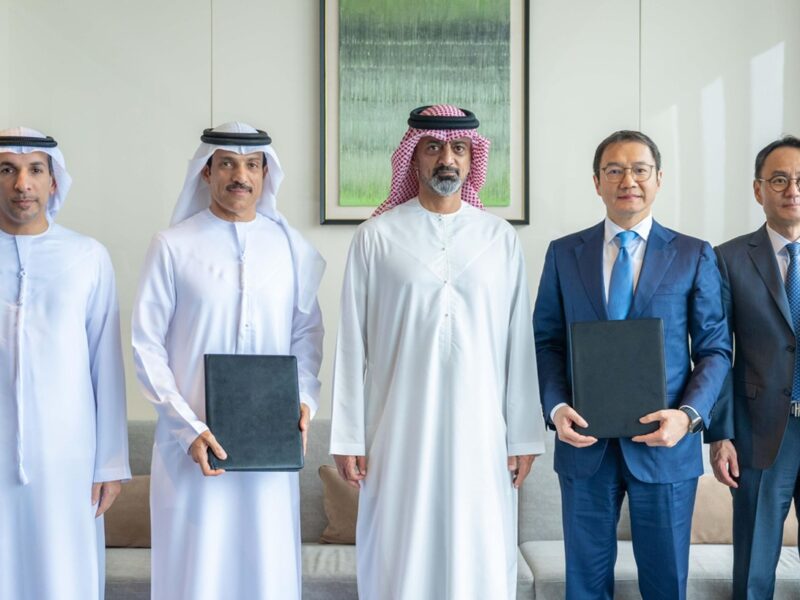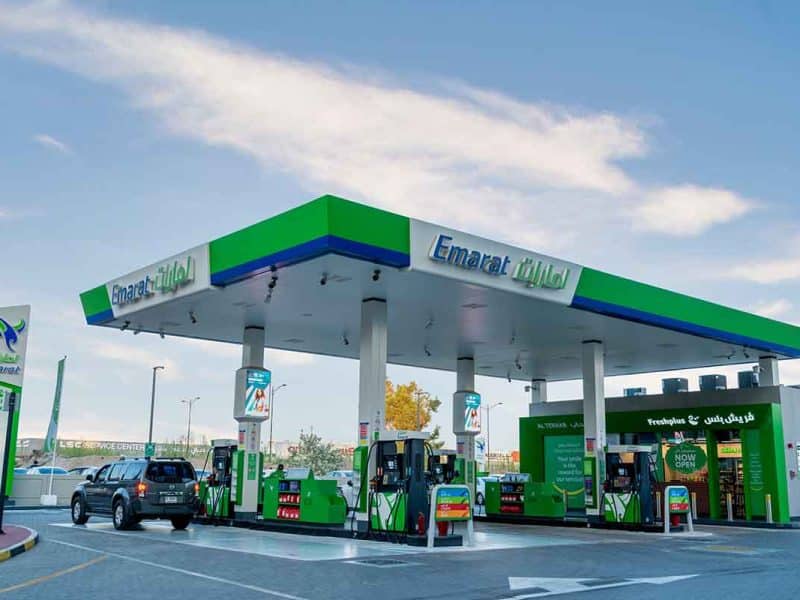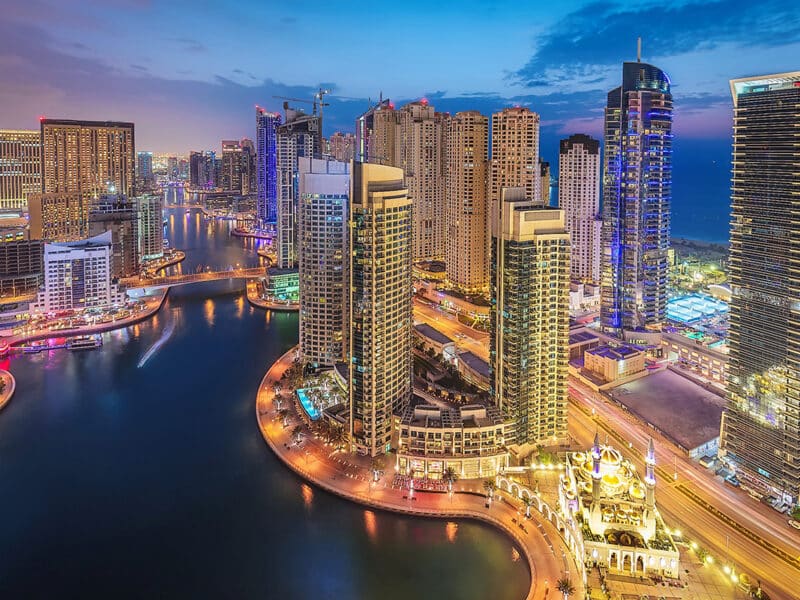Thirty-eight years ago few could have predicted the global juggernaut that would become Emirates Airline. At the time, Dubai had aspirations of becoming a global hub for trade, tourism, and innovation. One of the key components of this grand vision was to establish an airline that would connect Dubai to the rest of the world. Thus, the Emirates was born.
A few decades later, Emirates Airline has transformed from a regional carrier into a global aviation powerhouse serving 133 destinations in over 85 countries. The airline expanded its fleet, routes, and services. It invested in state-of-the-art aircraft, including the revolutionary Airbus A380, which would become the flagship of its fleet.
The early days
From vision to reality, Sheikh Mohammed bin Rashid Al Maktoum told then managing director of Dnata, Sir Maurice Flanagan to look into starting what has now come to be known as Emirates Airline. With $10 million in seed funding and a timeline of five months, the instructions were clear – “look good, be good and make money.”

Founded in 1985 with just two wet-leased aircraft from Pakistan International Airlines (PIA), a Boeing 737 and an Airbus 300 took to the skies as the airline’s inaugural flights to Karachi and Mumbai. Two years later, the airline took ownership of its first aircraft, an Airbus A310-304.
Within five years of operations, Emirates expanded to serve 14 destinations:
- 1985 – Dubai, Mumbai, Delhi, Karachi
- 1986 – Amman, Cairo, Colombo, Dhaka
- 1987 – Male, Istanbul, Frankfurt
- 1988 – Damascus
- 1989 – Jeddah, Kuwait
In the early 90s, the airline continued to develop making it the first to install video entertainment systems across all cabin classes. Around the same time, Emirates moved into the new multi-million dollar terminal at the Dubai International Airport and then made history with the order of 7 Boeing 777s.
In 1993, Emirates continued to make waves becoming the first airline to introduce cellular services across all cabin classes. Shortly after, fax facilities were also introduced to offer connectivity to passengers aboard the flight.
Following years of growth and expansion, Emirates reported record numbers in the financial year of 1999-2000 carrying 4.7 million passengers.
By the end of the 1990s, Emirates was serving 28 destinations all around the world including London, Rome, Paris, Hong Kong, and Singapore. The airline continued to make history being the first to sign up for the iconic Airbus A380.

Stepping into the world of sports, Emirates signed a multi-million dollar deal with Premier League club, Arsenal including naming rights and shit sponsorship. This partnership soon emerged as the longest running shirt partnership in history of the league.
Emirates: Record-breaking orders, expansive network
In 2005, the airline made the largest-ever Boeing 777 order in the industry’s history, with 42 aircraft in a deal worth AED9.7 billion. Three years later, a dedicated Emirates terminal was announced. Terminal 3 opened with 500,000 passengers departing from the facility within the first month.
By the year 2010, The Emirates network was serving an expansive 46 destinations. In 2012, the airline partnered with Qantas for Australian and international network connections spanning 10 years.
To support its global expansion, Emirates invested heavily in Dubai’s infrastructure. It constructed one of the world’s largest and most advanced airline hubs, Dubai International Airport (DXB). The airport, equipped with cutting-edge facilities and technology, became a bustling gateway connecting millions of passengers on their journeys across continents. The world’s first A380 concourse was unveiled, expanding capacity to 75 million passengers per year, featuring dedicated business lounges, first class lounges and direct boarding to the upper deck of the aircraft.

Soon, the airline was named as the ‘Most valuable airline brand’ with an estimated value of over $3 billion, from there the airline received the title of the world’s best airline in 2016 alongside the 12th consecutive title for the best in-flight entertainment system.
Flydubai partnership and revolutionary suites
A new partnership emerged in 2017 with flydubai with an extensive codeshare agreement. The following year Emirates announced the first-of-its-kind fully enclosed First Class private suite which set a benchmark in the industry.
More aircraft orders were placed in 2019 adding 30 Boeing 787-9s to the fleet. Route expansions continued with 59 destinations served up to the year 2019.
Bagging the title of the largest international airline in 2020, Emirates recorded 15.8 million passengers that year.
Aside from the actual airline itself, the industry giant holds one of the biggest rewards programme in the world – Skywards, offering miles for benefits, upgrades and several other privileges based on the tier class.
Known to be at the pinnacle of luxury, Emirates undoubtedly serves VIP clientele from around the world, earlier this year Arabian Business unveiled a secret invite-only tier programme – Emirates iO.
This exclusive and secret service is reportedly only available to the likes of 300 ultra VIP passengers handpicked by the President of Emirates, Sir Tim Clark. In conversation with one revealed Emirates iO member, celebrity dentist Dr. Apa, Arabian Business confirmed that he was one of the first among the “five or six” American iO members.
The existence of the programme has been a longstanding secret to “protect the privacy of the members and the integrity of the program.”

Identities of these members are known to a select few from the organisation, several criteria are set to assess the eligibility of Emirates iO members including having a history of at least 50 trips per year (Business and First Class) reportedly at a spend of $1 million and above.
Benefits of this exclusive tier include helicopter rides to the passenger’s destination, priority seats on overbooked flights, meals from restaurants of choice, boarding at convenience and even the ability to hold the plane for a few extra minutes in case of personal delays.
In recent news, the aviation giant announced a series of contracts worth $1.2bn this week, for upgrade of seats for Business, Premium Economy and Economy Class on the Airbus A350 and Boeing 777X-9.
Emirates continues strides to outpace growth momentum with recent service upgrades, a new livery, premium economy and more aircraft.
Sheikh Ahmed bin Saeed Al Maktoum, Chairman and Chief Executive of Emirates Airline in an exclusive interview with Arabian Business at the Dubai Airshow on Tuesday said, “We are focused on growing our business here and we are continuing to do that.” Furthermore, he believes that competition from Saudi Arabia is healthy and that the Gulf market “can take any number of airlines. However, it all depends on how we run the business to retain ourselves in the market.”








